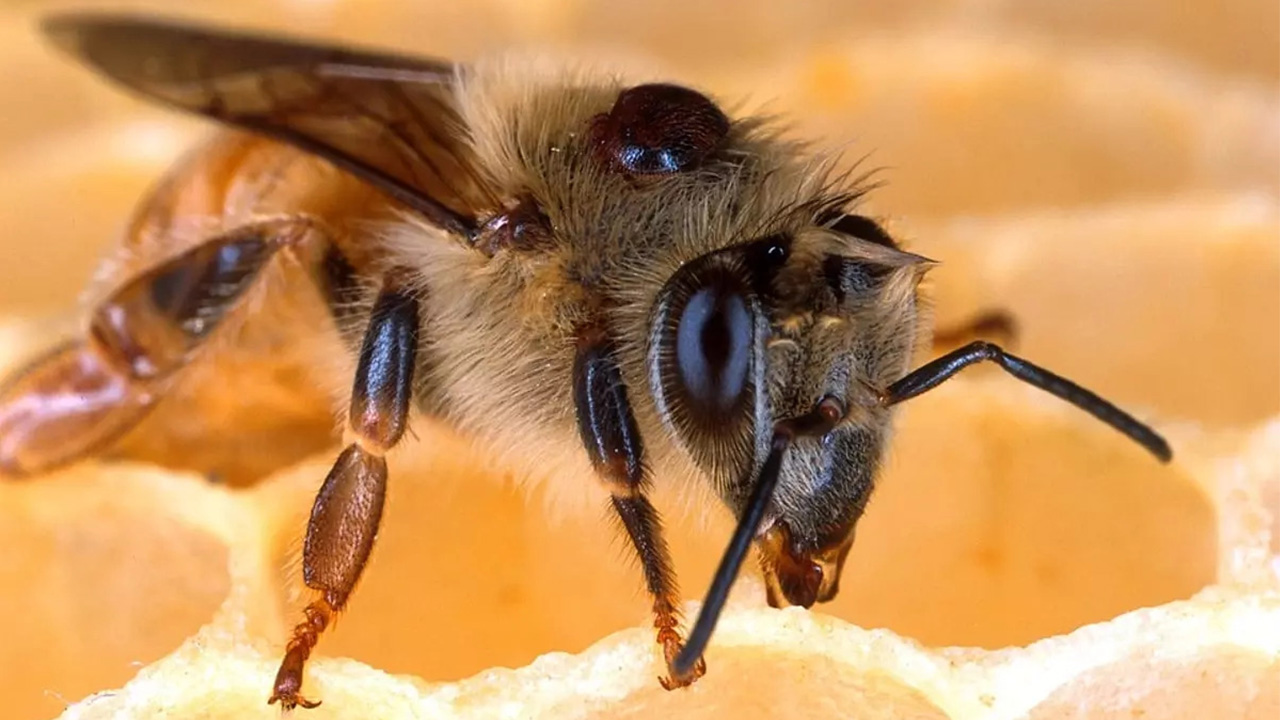Many herbicide modes of action disrupt an enzyme process within a weed, the herbicide may bind at the target site, performing its function. Its where this disruption occurs that determines the mode of action (MOA).
So why is this important?
Enzymes are large proteins , they are produced in living cells of plants. All living organisms require enzymes for growth and for the production and utilization of energy which is essential for life. Enzymes catalyse other plant chemicals converting them to another chemical required by the plant to grow.
In disrupting the enzyme process it interrupts the plant growth. Taking into account where that interruption occurs (MOA) helps with understanding when we should spray, if plant is at the right stage of growth for chemical being used, etc.

Enzymes play crucial roles in photosynthesis. For example enzymes within Photosystem II split water into hydrogen and oxygen.
Mode of actions
Mode of action groups are now classified numerically as to what stage of plant growth an enzyme is interrupted and into 2 levels of resistance risk based on current knowledge (Groups 1 and 2 being the highest resistance risk, 3 to 34 and o designated a moderate resistance risk). Remember glyphosate formulations used to be classified as a Group M herbicide but are now classified as a Group 9 Herbicide in the HRAC as per diagram below, also see https://hracglobal.com/tools/2024-hrac-global-herbicide-moa-classification

Follow the link below to view a table listing risk level of resistance, mode of actions, stage of growth interrupted and possible considerations for effectiveness:
Herbicide Mode of Action Table – CropLife Australia
For more information see GRDC Herbicide Behaviour Workshops publication available on GRDC website in E-Resources.

Author: Linda Green – Trainer/Assessor
Acknowledgment to GRDC Herbicide Behaviour Workshops



